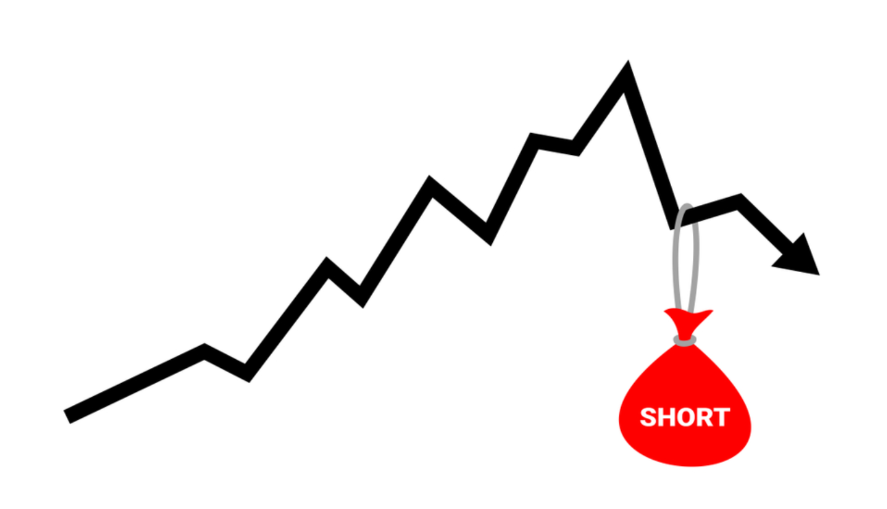It seems that in the current market environment, there is a new short squeeze happening every day.
As I am sure you know, a squeeze is when a stock with a significant short interest rapidly increases in price, thereby forcing shorts to cover their position.
Something less spoken about, however, is the short trap. The short trap is the fuel to the fire. A solid short trap is what enables a stock to squeeze higher rapidly.
Being able to identify a short trap as it is happening is a strategy in itself.
So without further ado, let’s go over some key concepts and examples.
Key Directional Concepts
Two key concepts relating to a stock that is squeezing is:
- The Frontside: The Frontside of a move, or the front side of a squeeze, means that a stock is currently trending higher and still in the process of squeezing shorts.
Three ways to identify if a stock is still on the front side:
1. Making sure the stock is still in an uptrend,
2. Ensuring that the stock is still holding above the intraday and multi-day VWAP.
3. Ensuring that the stock is still trading above previous critical levels of resistance.
- The Backside: The backside of a squeeze means that the stock is no longer trading in an uptrend. During the backside of the move, a momentum shift takes place. The stock is no longer in an uptrend, no longer holding above the VWAP, and the sellers are now in control.
Mistaking the front side of the move for the backside often gets traders who are positioned short into trouble.
Frontside Example
The above chart of BBIG depicts a stock that is currently on the front side. I can see that the stock is still on the front side as it is trading above the previous day’s high, it has not gone parabolic yet, and it is still trading above key support.
Backside Example
In the above chart of SPRT, I can see that it is now the backside of the move. It is the backside because the stock broke the upward trendline after going parabolic. The following day, the stock could not reclaim higher prices, which confirmed the backside in the short term.
Now that I have gone over the difference between the front and backside let’s look at some short trap examples.
Short Trap Example 1: SPRT
Holding trendline. Holding previous key levels
Before the stock went parabolic and broke the trendline, it was firmly on the front side.
After pulling in, in the pre-market, shares of SPRT washed out off the open but quickly found support at the trendline and pre-market support.
Both times the stock attempted to break the trendline, volume increased, which likely was people positioning short.
This is a prime example of a short trap. The stock attempted to break the support twice, but the bulls held the line in both attempts, meaning that the shorts were now trapped. Once the stock took out the opening high, an uptrend is confirmed, and the squeeze resumes as morning shorts look to exit.
Example 2:
The above chart of RNXT is another excellent example of a short trap leading to a squeeze. Resistance in the stock firmly stood at $10 – $10.50 for most of the trading session.
Each time the stock traded towards resistance, it was met with selling and failed to hold above.
Many traders might have positioned short as the stock failed to hold above resistance multiple times.
As the close of the trading day quickly approached, the stock saw a rapid increase in volume as the stock got above resistance.
The volume above the resistance might have been made up mainly of those who were shorting the stock.
Comments are closed.






1 Comments
Very clear explanation.